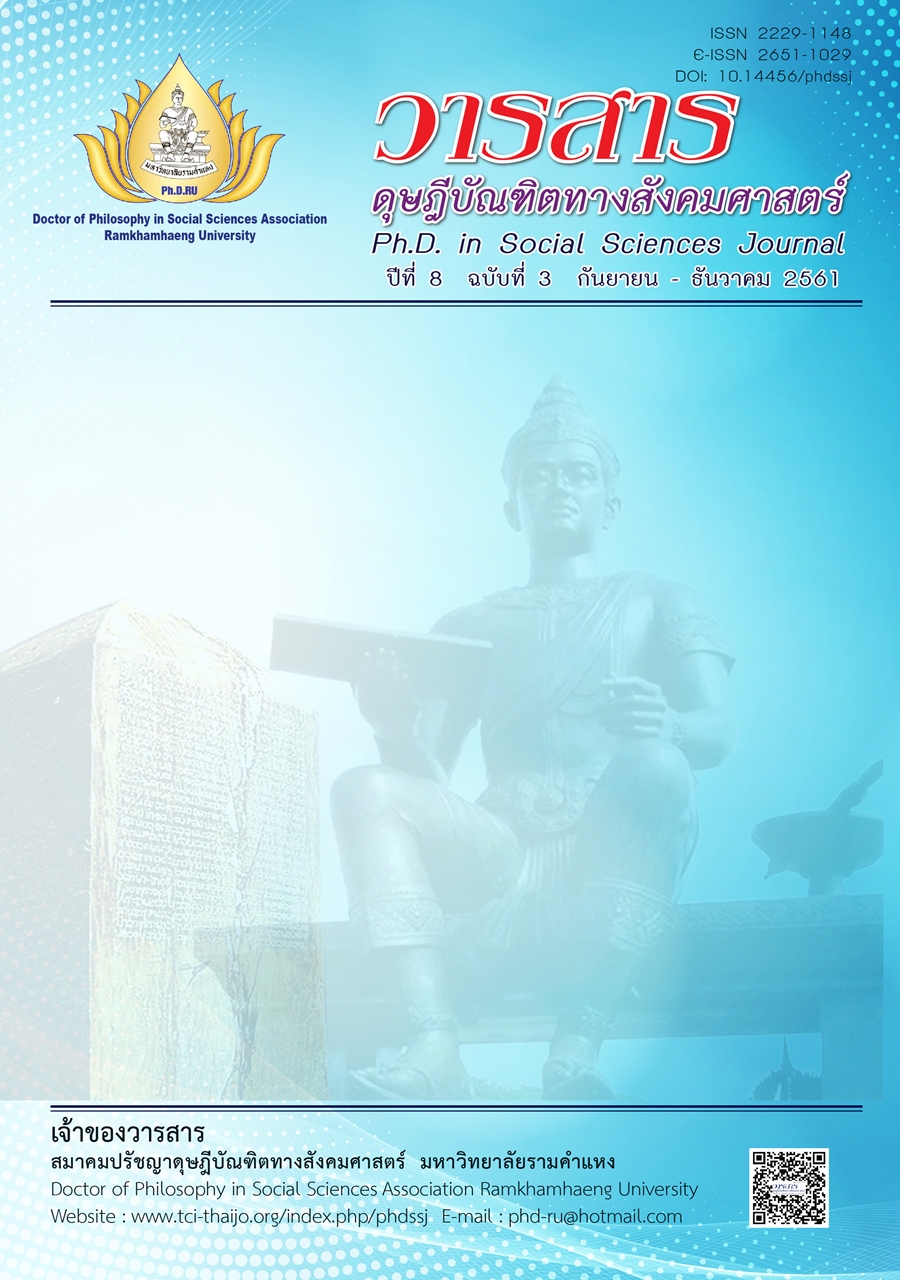Conflict From a Mega Industrial Development Project: A Case Study Rayong Industrial Estate Park Project (Bankhai)
Main Article Content
Abstract
Industrial development in the country has led to the expansion of industrial estates to accommodate economic growth. However, industrial development projects may impact nearby communities, especially mega development projects that may lead to conflicts between community and project developers. The objectives of this study are to study the causes of the conflicts, and make recommendations on the solutions to resolve the conflicts for harmonious co-existence between communities and industrial development projects. The case study of Rayong Industrial Estate (Bankhai) used a qualitative research methodology. Data were collected through in-depth interview with 40 stakeholders.
The results show that the cause of the conflict is that many people have negative perceptions of impacts of surrounding industrial areas that they experienced in the past. Moreover, it is found that people do not trust the transparency of the procedure for obtaining permission to declare ‘industrial zones’ and proceed with constructions. This leads to public disapproval. People still lack awareness of project information because there is no “real” public participation. As conflicts are not resolved, project developers have to suspend their project operation. Regarding conflict resolutions, project developers and governmental agencies should increase public confidence through transparency in project approval as well as public participation from the early stages of the project. In addition, project developers will have to strictly follow environment-related laws and measures.
Article Details
Academic articles, research articles, and book reviews in the Ph.D. in Social Sciences Journal are author’s opinions, and not the publisher’s, and is not the responsibility of the Ph.D. in Social Sciences Journal Philosophy Association, Ramkhamhaeng University. (In the case that research is done on human, the researcher has to be trained in Ethics for Doing Research on Human Training and has to produce the evidence of the training).
References
Chompan, C. (2012). A review of the public participation concept in the public participation handbook: Making better decisions through citizen Involvement in Thai Context. Journal of environmental management, 8(1), 123-141. [In Thai]
Fiscal Policy Office. (2014). The development of financial measures to support the green economy. Retrieved March 31, 2018, from https://www.fpo.go.th/e_research/page3_new2.html [In Thai]
Nitsaisuk, N. (2013). The impacts of Rayong eastern seaboard industrial estate on Pluak Daeng sub-district community. Master' thesis Education, Burapha University. [InThai]
Sakunsathapone, N., & Chompan, C. (2017). Conflict from a development of waterfront Pattaya Thailand project. The Proceedings of 55th Kasetsart University Annual Conference, 3, 572-579. [In Thai]
Watthanasap, W. (2004). The conflicts-principles and solutions. Khonkaen: Siriphan Offset.


